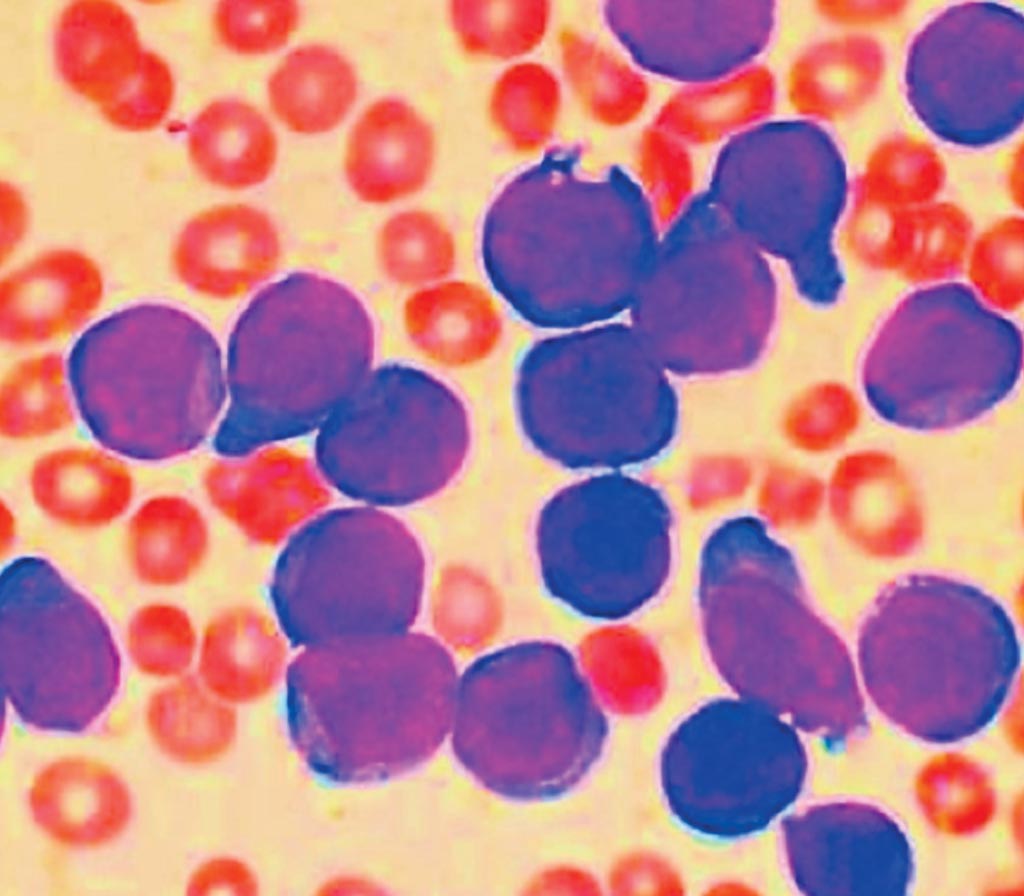Missing DNA Fragments Could Predict Leukemia Relapse
By LabMedica International staff writers
Posted on 11 Dec 2017
A new risk scoring system has been developed for children with leukemia based on missing DNA fragments or 'microdeletions'. The risk score will allow doctors to better predict the chance of relapse of a subgroup of children currently hidden in a lower risk group.Posted on 11 Dec 2017
The new kind of risk score which builds on a bone marrow test, the minimal residual disease or MRD test, which gives doctors early warning that treatment may not be working. The MRD test is so sensitive it can detect just one cancer cell in a million bone marrow cells surviving cancer treatment. The test was a huge boon for some children with leukemia within a clinical trial, since it alerted doctors that they had a very high risk of relapsing. Consequently, they were treated very intensively with chemotherapy and bone marrow transplants, and the survival rate of this subgroup doubled, but MRD alone is not enough.

Image: A stained bone marrow aspirate smear from a patient with precursor B-cell acute lymphoblastic leukemia (Photo courtesy of VashiDonsk).
A collaborating group of scientists working with the Children's Cancer Institute Australia (Sydney, Australia) tested 475 patients from six different children's hospitals in Australia and New Zealand enrolled on a clinical trial. The patients were all children with non-high-risk B-cell precursor acute lymphoblastic leukemia (BCP-ALL), a subtype of acute lymphoblastic leukemia (ALL), the most common childhood cancer with survival rates typically near 90%. Most children with ALL have BCP-ALL.
Rosemary Sutton, PhD, an associate professor and lead author of the study said, “Children in the standard and medium risk category in our study were given less intensive treatment than high-risk patients. But about one in six of them relapsed. Obviously, some children needed more intensive treatment than previously thought - but which ones? For the standard to medium risk group, we needed more information to get a better handle on the biology of the child's cancer to better determine their risk.”
Professor Sutton added “So, we supplemented MRD results with two other pieces of patient information, the presence or absence of specific gene microdeletions and a score called the NCI (National Cancer Institute) risk, based on age and white blood cell count. We tested for microdeletions in nine genes involved in leukemia and found that two of the genes, IKZF1 (called 'Ikaros') and P2RY8-CRLF2, were important predictors of relapse.”
These measures were combined to calculate a risk score for each patient of '0' (no risk factors), to '2+' (several). The study found that children with a '2+' score were most likely to relapse or die within seven years after treatment started, while those with a '0' score least likely. The same microdeletions were found to be important for predicting relapse in a cohort of Dutch children with leukemia and the new scoring system was validated by scientists in The Netherlands. The study was published on November 30, 2017, in the journal British Journal of Haematology.
Related Links:
Children's Cancer Institute Australia













